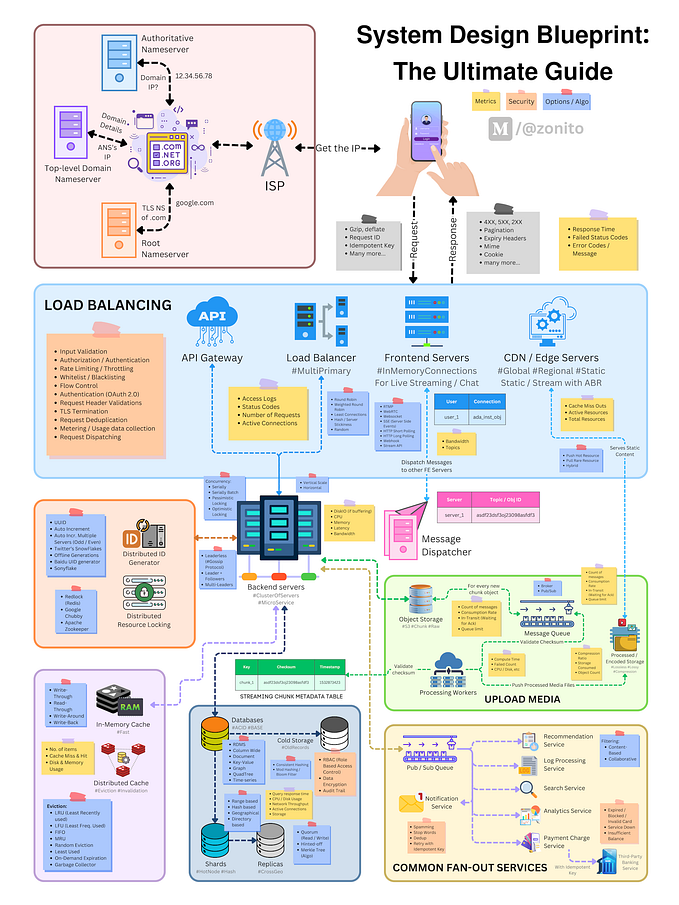
How to build design culture in an organization
A design culture doesn’t just happen, it has to be made with intention and put into practice consistently. Here’s how to start building your own
Ask any designer you meet what they think design means and doubtless you’ll receive a plethora of vastly different answers.
Broad concepts, like design or art, are open to interpretation. This, in part, is what makes them alluring to wide audiences because these loose definitions are inviting.
Of course, grab your nearest dictionary and you’ll find a definition for these words. Yet the dictionary falls short because it cannot encapsulate an individual’s experience of what design is and what it means to them.
There are people and companies out there which are trying to create a design culture. They’re taking the word, giving it their own definition and hoping to inject this sentiment throughout the company at every level.
In this post, Justinmind will get into what a design culture is and what are the components necessary to create one within a company.
What is design culture?
Design culture might conjure images in your mind of dogs in the office, flexible work hours and margarita Fridays but in reality what it means to develop and adopt a design culture is something much more profound. It isn’t excessive whiteboards or movable furniture.
Typeform, the data collection company taking the internet by storm, recently underwent a rebrand. This rebrand focused on finding out “who the company is”, as though the company were an individual.
Creative director Alex Antollino writes that when he joined the company, he felt their identity was a “Frankenstein of values and feelings we’d accumulated along the way”.
Design culture, it appears, is building a system where design can thrive. That means, no matter how many designers your company may have, that doesn’t always result in a design culture.
Braden Kowitz says that design culture is about balancing the measurable and the unmeasurable.

An example that he gives is when he and a few designers at Google had to design a check out button. In order to improve the click through rate of the button (the measurable), there are heuristics you can follow which can help raise that number.
But those heuristics don’t always align with how Google wants people to feel about any given button or even what that button represents on a deeper, unmeasurable level.
In her book, Beyond Measure, Margaret Heffernan writes:
“Culture has become the secret sauce of organizational life, the thing that makes the difference but for which no one has the recipe.”
Designers need to understand the purpose of what they’re doing, not just focusing on how something looks.
If a CEO asks for a new email campaign, the designer ought to know why a new campaign is happening and it’s this understanding which plays a role in developing a design culture.
Designer in Residence at IBM, Lara Hanlon, is involved in creating a culture of design at the company.
“To help us along the way we have a simple formula which involves bringing the right people into the right environment and giving them the right set of tools and practices to do their work.”
For IBM, the focus is on changing the behavior of how people approach design at a company with a 100 year old history. Through championing people-centered collaboration to get design-led outcomes, this means creating new and creative ways of working.
Essentially, design culture focuses on:
- Having a faith in quality
- Holding design accountable for great design
- Making design everyone’s job

How to build a design culture
A design culture means creating an environment where everyone has the chance to thrive doing what they do best by solving problems in a collaborative way. But what are the ingredients necessary to help build this environment? Here are 4 that are essential.
Cultivate culture
In order foster a design culture, an organization leader needs to prioritize cultivating a culture. That means focusing on:
- Who is around you?
- What are their traits?
- Facilitating inclusion
It’s the job of the CEO to set the tone of the organization. Working into the wee hours of the night and hoping your team follows suit isn’t enough.
You need to develop company values and live and breathe them. That means knowing what the company stands for and understanding how your teams work together.
Balanced teams are also necessary to help facilitate inclusion and create a more fair, equal culture that represents your values more accurately. Research shows that gender diverse companies are likely to out perform their peers.
Find the right people
Retaining employees is a difficult task, made more difficult if a company doesn’t know what it stands for or who it is.
Many companies, such as TED, focus on hiring nice, motivated people and think about skills later. Skills can be developed over time but having the right person can save you money and time.
Simon Sinek, in his book Start With Why, writes “great companies don’t hire skilled people and motivate them. They hire already motivated people and inspire them.”
To get the right people you have to:
- Hire already motivated people who want you to succeed
- Invest in a good interview process
- Keep a focus on your company values
Atlassian’s CEO, among other employees, write in their blog about their values — our personal favorite is ‘no bullshit’. In fact, using blogs and social media are a great way of showing the world who you are and this, in turn, can help you to find the right people.
Foster social capital
Do your teams work in silos? Is collaboration a painstaking task that you can’t wait to end? If your company is the land of the living dead, as Eric Ries puts it, it may be time to look in the mirror and change tactics.
It’s likely there is a lack of social capital in your organization. Social capital is a resource and is realized through employees’ collective goals and shared trust. When social connections between team members is strong this can lead to:
- More happiness
- Higher information flow
- Collective action
- Collaboration
When a company is low in social capital, it’s clear to observe. Team members won’t eat together, there will be no engagement in team building activities, creative gaps will arise and there will be low communication in and out of the office.
This can have a negative impact on the business and its goals. According to O.C Tanner, to increase social capital, try to:
- Let employees create their own value
- Recognize employee achievements
- Create better communication tactics
- Let small actions dictate team culture
When the price of disengaged employees is an estimated $500 billion and 84% of people would consider leaving their job, it pays to improve the social capital of your organization.
A few ways to improve employee engagement involve:
- Encourage employee feedback
- Take action on feedback
- Make a plan to engage your workforce
Conclusion
Simon Sinek in his TED talk said that if you hire people just because they can do a job, they’ll work for your money but if you hire people who believe what you believe, they’ll work for you with blood, sweat and tears. Developing a design culture means creating meaningful values, finding the right people and creating an environment where collaboration is effortless.









